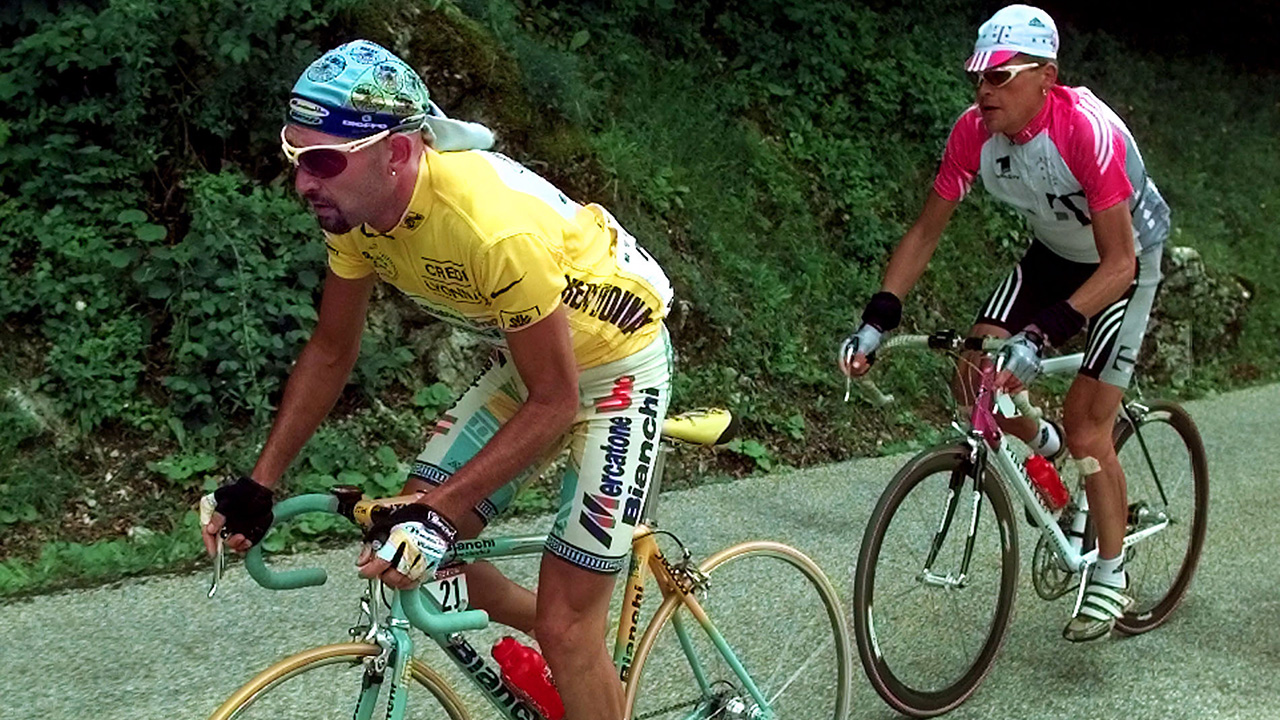PARIS — The punishing hairpin climb to the Alpe d’Huez ski station high in the French Alps will provide the dramatic climax for the 2015 Tour de France, before cycling’s showcase race sweeps into Paris for its traditional finish in front of cheering crowds on the Champs-Elysees.
The atypical 2015 route unveiled Wednesday by Tour organizers also sees a greatly reduced emphasis on time trialing, plenty of opportunities for sprinters to shine and potential traps that could trip up race favourites, including a return to tricky cobbled roads in northeast France.
The Tour starts July 4 in Utrecht, the Netherlands, with a 14-kilometre (8 1/2-mile) time trial, the only solo race against the clock of this 102nd edition. Not since time trials were first introduced at the 1947 Tour has their distance been slashed so drastically.
There also will be a short (28 kilometres/17 miles) team time trial in Brittany on July 12, with a challenging uphill finish.
Organizers want time trialing, a specialist discipline which tends to favour more powerful and durable riders, to weigh less heavily on the eventual outcome of the Tour.
"Very often, the time trial blocks the race," said the Tour’s director, Christian Prudhomme.
Chris Froome, the 2013 Tour champion who is a formidable time-trialer, suggested the reduced opportunity to make an impact in the clock-race could see him compete instead in the tours of Italy and Spain.
"Next year’s Tour is going to be about the mountains," the Team Sky rider said on his website. "There’s very little emphasis on time trialing, which means the race will be decided up in the high mountains. With six mountaintop finishes it is going to be an aggressive and massively demanding race."
In week one, the Tour will again swing through First World War battlefields, this time in the Somme region of northern France, as the race also did this year to mark the centenary of the 1914 start of that terrible conflict.
On stages 2 and 6, riders will need to be alert to the risk of winds along the Dutch and northern French coasts that could split the race and lose time for those caught unawares.
The 13 kilometres (8 miles) of cobbled roads on stage 4, the longest stage of the 2015 race, will also be a nervous day for race favourites who’ll not want to fall, puncture and lose time on the bumps.
The second half of the Tour will be decisive, with three days ascending in the Pyrenees and four in the high Alps. The riders will grind up a total of 26 mountain climbs. They include a noodle-like series of 18 hairpin bends at Montvernier in the Alps on stage 18. Never before climbed by the Tour, they promise spectacular views and television pictures.
The crescendo at l’Alpe d’Huez comes two days later, at the end of stage 20. Hundreds of thousands of frenzied fans will again line the 21 hairpin bends to see whether Tour heavyweights can use that final opportunity to wrest the yellow jersey from the race leader.
After pedaling 3,344 kilometres (2,078 miles) counter-clockwise around France, the exhausted riders finish in Paris the next day, July 26, where the winner will collect his trophy and 450,000-euro ($575,000) prize.
Thibaut Pinot, who took third at the 2014 edition won by Italian Vincenzo Nibali, said using l’Alpe d’Huez to bookend the Tour and reducing the importance of time trials should improve the show, with suspense to the finish.
"It’s a Tour de France of two halves, with a quite complicated first portion with cobblestones and wind," the French rider said. "And a very mountainous second portion."


